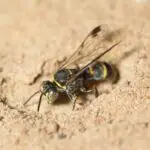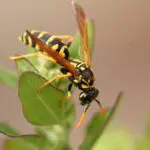How Common is Wasp Sting Allergy?
Fortunately, severe allergic reactions to wasp stings are relatively rare. However, a few people can have life-threatening reactions. These reactions are a medical emergency, and need to be treated immediately.
The symptoms of a wasp sting include redness, itching, and swelling. Swelling can be very painful, and can take a couple of days to subside. A cold pack can be useful to ease the pain, and a sting can be removed with soap and water.
Depending on the number of stings delivered, symptoms can vary. Severe reactions include muscle weakness and anaphylaxis, which is life-threatening. The symptoms of a severe reaction can also be neurological, including dilated pupils, motor aphasia, and impaired speech.
A study is underway to identify risk factors for severe sting reactions in wasp venom allergic patients. The study included 480 patients from a variety of age groups and genders. The results suggest that the severity of allergic reactions may be related to the length of time since the patient first became allergic to wasp venom.
The study also found that adults are more likely to have an allergic reaction than children. Adults are more likely to develop anaphylaxis, which is a life-threatening reaction.
A severe allergic reaction can be life-threatening, and can occur at any age. The symptoms of a severe allergic reaction can include muscle weakness, motor aphasia, dilated pupils, and impaired speech.
Severe allergic reactions to wasp stings can lead to anaphylaxis, which is an immune response to a substance that causes an allergic reaction. In addition to life-threatening symptoms, people with severe allergies may have difficulty breathing.








